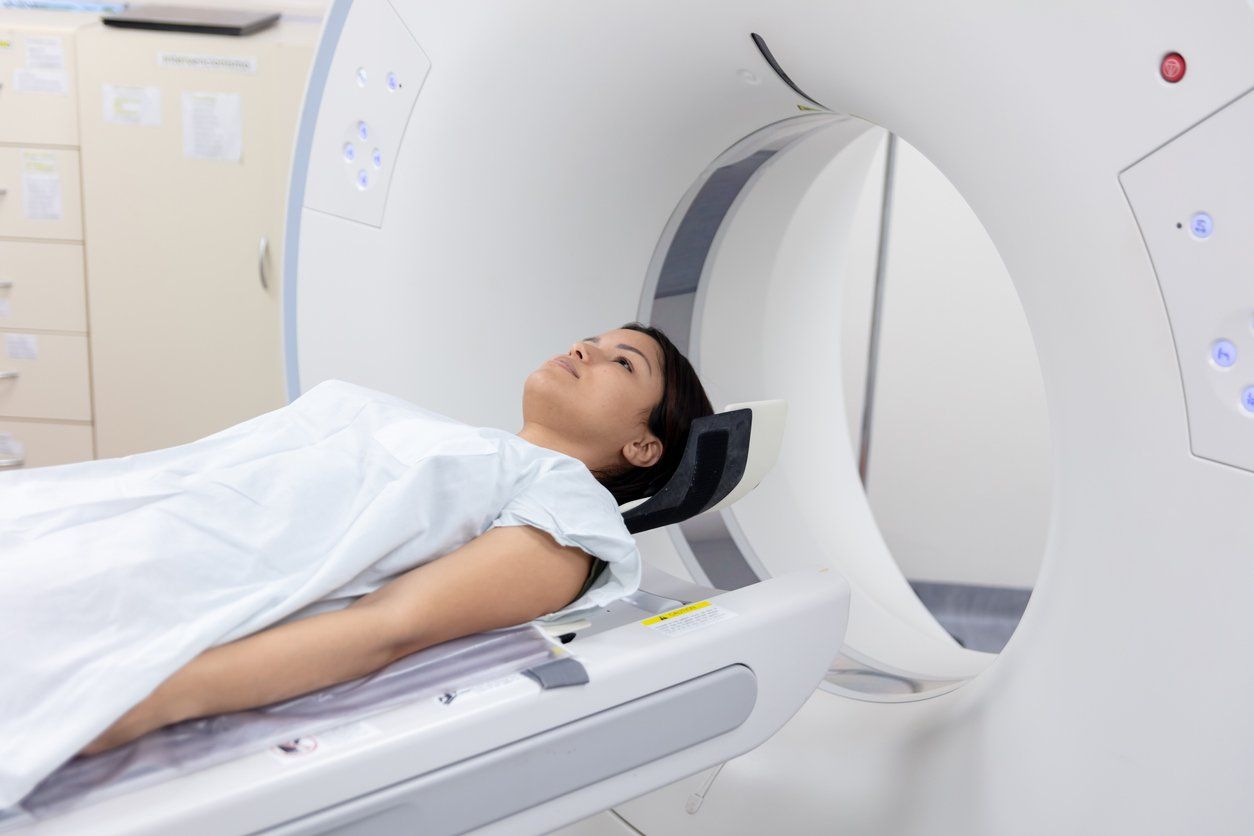Q:
I heard that the radiation from CT scans can cause cancer. What's the story?
A:
Computed tomographic (CT) scans are fancy x-rays that, unlike regular x-rays, provide three-dimensional images. Since 1993, their use has tripled. Today, Americans receive about 70 million CT scans a year. However, they use far more radiation than traditional x-rays, with one CT angiogram (a test used to look for coronary artery blockages) exposing you to as much radiation as 309 chest x-rays. Given that, researchers wanted to evaluate the risks that additional radiation poses.
Their results, published in the December 14/28 issue of the Archives of Internal Medicine,found a much higher risk of cancer in people who get the scans, as well as disturbing differences in the amount of radiation the machines emit.
In one study, researchers used complex risk models to estimate the future cancer risks from CT scan use in the United States in 2007. After eliminating scans conducted in the last five years of life and those performed to diagnose cancer, they found that the scans would be responsible for 29,000 future cancers and 15,000 deaths. Scans on the abdomen and pelvis resulted in the greatest number of cancers (14,000), with chest, head and chest CT angiography scans contributing to the bulk of the remaining cancers. About one-third of the cancers resulted from scans performed between the ages of 35 and 54; 15 percent from those performed before age 18. The most common cancers resulting from scans were lung, colon and leukemia.
In the second article, researchers looked at the radiation doses from various CT scans and machines at four California hospitals. They found wide disparities in the amount of radiation used in the scans, even for the same type of study, with an average 13-fold variation between the highest and lowest dose studied. They also found that dosages were, on average, about four times higher than necessary.
Then researchers estimated the cancer risk for the scans studied. They found that the younger you are, the greater the risk of cancer. For instance, while one cancer would occur for every 270 forty-year-old women undergoing coronary angiography CT, it would take only 150 twenty-year-old women undergoing the same scan before a cancer developed.
This doesn't mean you should avoid CT scans. They are invaluable in diagnosing numerous medical conditions. However, it does mean you and your doctors should be more conservative in the use of these exams. Studies find that an estimated one-third of CT scans are unnecessary, yet only a few American hospitals have stringent protocols in place to determine the appropriateness of ordered scans. Ask your doctor why the scan is necessary and how it might affect your treatment. Discuss whether there are any options that might not use radiation, such as ultrasound or magnetic resonance imaging (MRI).
You should also track your exposure. Keep a record of all tests you undergo involving radiation. And when you do go for a test, ask the radiologist or technician how much radiation exposure you will receive. They absolutely should know.


